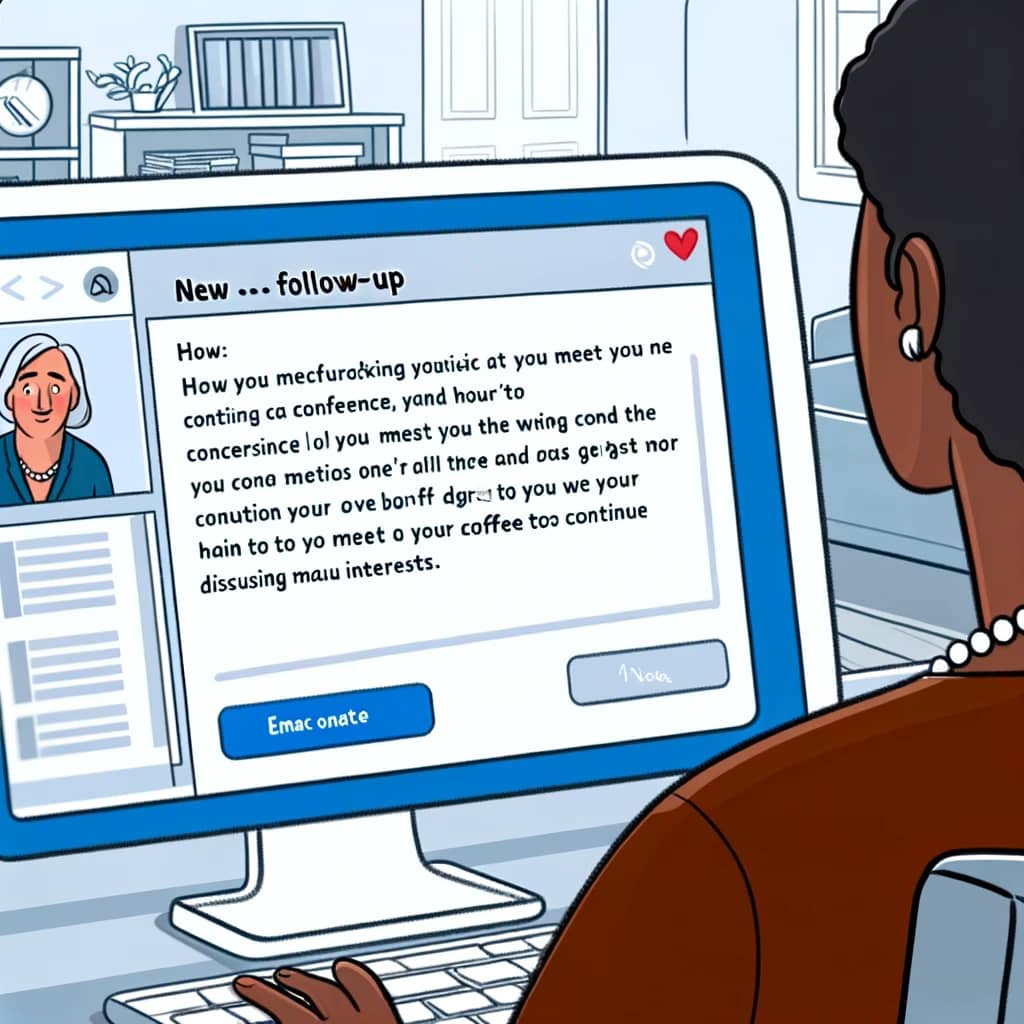Introduction
Networking is an invaluable skill in the professional world, acting as a catalyst for career advancement, business growth, and personal development. However, the concept often conjures images of awkward social gatherings where business cards are exchanged like a deck of cards. This common misconception belies the true essence of networking: the art of building and nurturing relationships that are mutually beneficial. In this article, we delve into the sophisticated art of networking, moving beyond superficial interactions to foster genuine connections. We explore the psychological foundations that underpin successful networking, provide strategic insights for building a robust network, and share inspiring success stories. Whether you’re a seasoned professional or just starting, mastering the art of networking can open doors to opportunities and experiences that pay dividends in both personal and professional arenas.

Understanding Networking
Defining Networking
At its core, networking is about creating a web of relationships where value is exchanged in a way that benefits all parties involved. It’s a strategic effort to connect with individuals who share similar professional interests or goals, not just for immediate gains but for potential future collaborations. Despite its importance, networking is often misunderstood as merely collecting contacts or a means to an end. This transactional view of networking undermines its potential to foster long-term partnerships and personal growth.
The Evolution of Networking
The digital age has transformed networking from a predominantly face-to-face activity to a hybrid model where online platforms play a crucial role. LinkedIn, Twitter, and specialized industry forums have made it easier than ever to reach out to like-minded professionals across the globe. This accessibility has shifted the focus from quantity to quality of connections. Today’s networking is not about how many people you know but how well you know them and the strength of the relationship. The most successful networkers are those who approach connections with a mindset of what they can offer, rather than what they can get.
The Psychology Behind Effective Networking
Understanding the psychology of networking can significantly enhance the effectiveness of your efforts. It revolves around the basic human need for connection and the principle of reciprocity. People are more inclined to engage with those who show a genuine interest in them, beyond professional gain. This underscores the importance of empathy, listening skills, and authenticity in networking.

Empathy and Genuine Interest
Networking thrives on empathy—the ability to understand and share the feelings of another. When you approach networking with empathy, you focus on how you can help others, not just on what you can gain. This creates a foundation of trust and mutual respect, which are crucial for long-lasting relationships. Showing a genuine interest in someone’s career, challenges, and successes makes your interactions more meaningful and memorable.
Building Trust and Rapport
Trust and rapport are the cornerstones of effective networking. They are built over time through consistent, positive interactions that demonstrate reliability, competence, and sincerity. Sharing knowledge, offering assistance, and being consistent in your follow-through are practical ways to build trust. Moreover, small gestures, such as remembering personal details and reaching out on special occasions, contribute significantly to rapport and the overall strength of your network.
Strategies for Building a Strong Network
A strong network doesn’t happen overnight. It requires a strategic approach, patience, and persistence. Here are some key strategies to expand and deepen your professional relationships.

Leveraging Online Platforms and Social Media
In the digital era, online platforms are invaluable tools for networking. LinkedIn, for example, allows you to connect with professionals in your industry, join relevant groups, and participate in discussions. Creating and sharing content related to your field can also position you as a thought leader and attract connections. Social media platforms like Twitter and Instagram offer additional avenues to engage with industry influencers and peers by commenting on their posts and sharing relevant content.
Attending Industry Events and Conferences
Despite the rise of digital platforms, face-to-face interactions remain a powerful networking tool. Industry events, conferences, and seminars provide opportunities to meet like-minded professionals and industry leaders in a natural setting. These events often facilitate networking through workshops, panel discussions, and social gatherings. To make the most of these opportunities, prepare an elevator pitch, set goals for whom you want to meet, and follow up afterward to solidify the connections.
The Power of Follow-Ups and Maintaining Connections
The initial connection is just the beginning. The strength of your network lies in the follow-ups and the ongoing effort to maintain relationships. This can include sending personalized messages, sharing articles of interest, and inviting connections to relevant events. Regularly reaching out to your contacts with thoughtful communication helps keep the relationship alive and can turn a casual connection into a valuable ally.
Case Studies: Networking Success Stories
Networking, when done right, can lead to phenomenal success stories. These narratives not only inspire but also illustrate the practical benefits of building a solid network. Let’s look at two examples that highlight the power of strategic networking.
Case Study 1: The Startup That Skyrocketed
Jane Doe, an aspiring entrepreneur, leveraged her network to transform her startup idea into a thriving business. Initially, Jane focused on building genuine relationships within her local business community, attending workshops, and participating in online forums. When the time came to launch her startup, she reached out to her network for support. Not only did she receive valuable advice and mentorship, but she also gained her first major clients through referrals. Jane’s story underscores the importance of cultivating a network before you need it, showcasing how these relationships can propel a business to success.
Case Study 2: Career Advancement Through Strategic Networking
John Smith, a mid-level manager, aspired to advance his career in a highly competitive industry. Recognizing the power of networking, John began attending industry conferences, engaging in LinkedIn groups related to his field, and contributing to discussions. His efforts paid off when he met a senior executive through a LinkedIn group. This connection, nurtured over time with thoughtful interactions, eventually led to John being recommended for a leadership position at a leading firm. This case study highlights the role of strategic networking in achieving career milestones that might otherwise seem out of reach.
Common Networking Mistakes to Avoid
While networking can open doors to countless opportunities, certain missteps can hinder its effectiveness. Here are some common networking mistakes to avoid:
Over-networking Without Deepening Connections
One of the most frequent mistakes is spreading oneself too thin across too many connections without investing time to deepen those relationships. Quality trumps quantity when it comes to networking. It’s better to have a smaller circle of well-maintained, meaningful relationships than a vast network of superficial contacts.
Failing to Give Back to Your Network
Networking is a two-way street. Focusing solely on what you can gain without considering how you can contribute to your connections can lead to a network that’s weak and unengaged. Always look for ways to offer value, whether it’s sharing a relevant article, providing advice, or making an introduction. Generosity breeds reciprocity and strengthens bonds within your network.
Recap
Networking is an art form, one that requires patience, strategy, and genuine interest in others. As we’ve explored through strategies and real-life success stories, building relationships that pay is about much more than just exchanging business cards. It’s about connecting on a human level, offering mutual value, and cultivating these relationships over time.
Whether you’re seeking to advance your career, grow your business, or enrich your professional life, the principles of effective networking remain the same. Approach each connection with empathy, maintain a spirit of generosity, and consistently nurture your relationships. Remember, the strongest networks are built on the foundation of trust, mutual respect, and genuine connections.
In an ever-evolving professional landscape, the ability to network effectively is more critical than ever. By avoiding common pitfalls and employing strategic networking practices, you can unlock doors to opportunities that you never knew existed. So, take a proactive step today towards mastering the art of networking, and watch as it transforms your professional journey.






